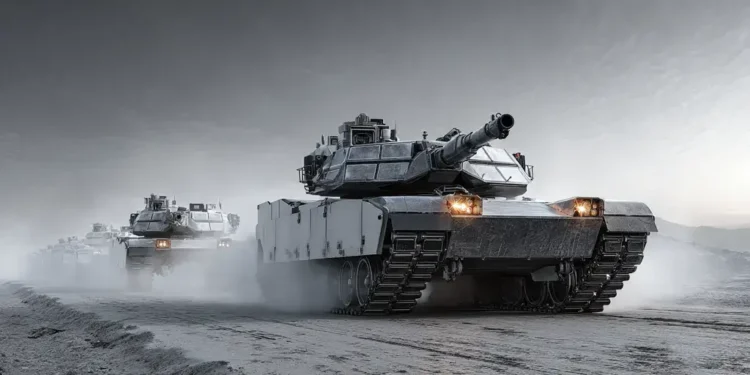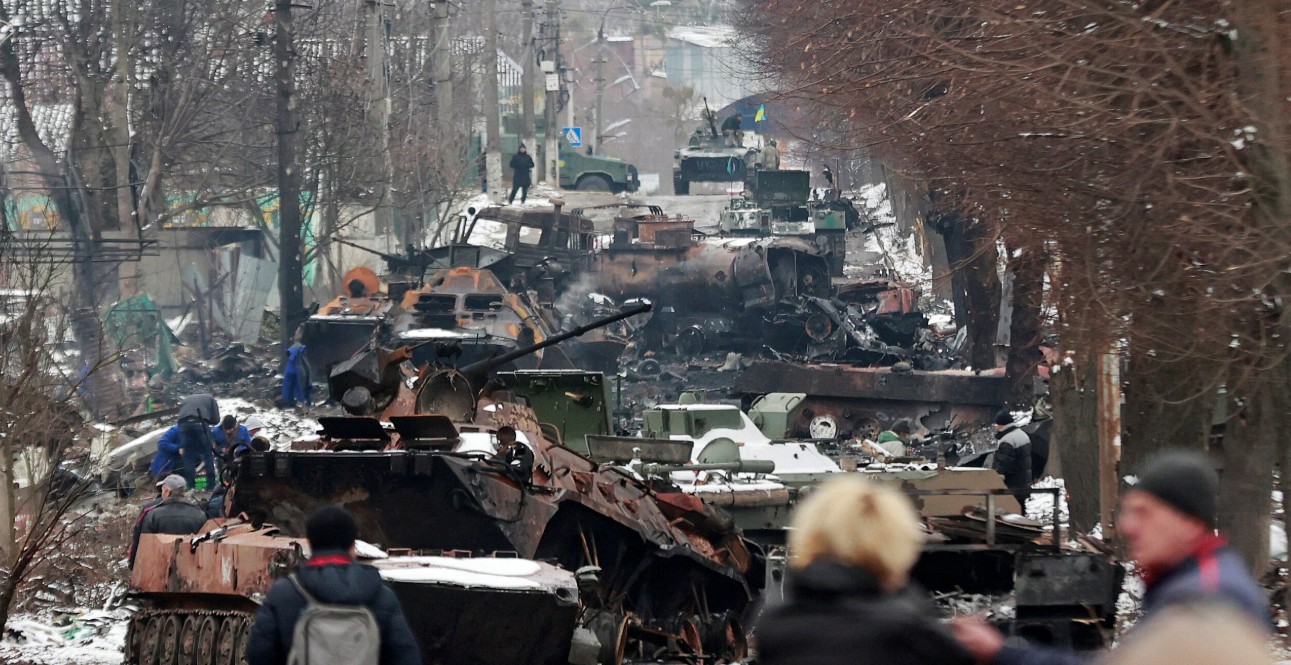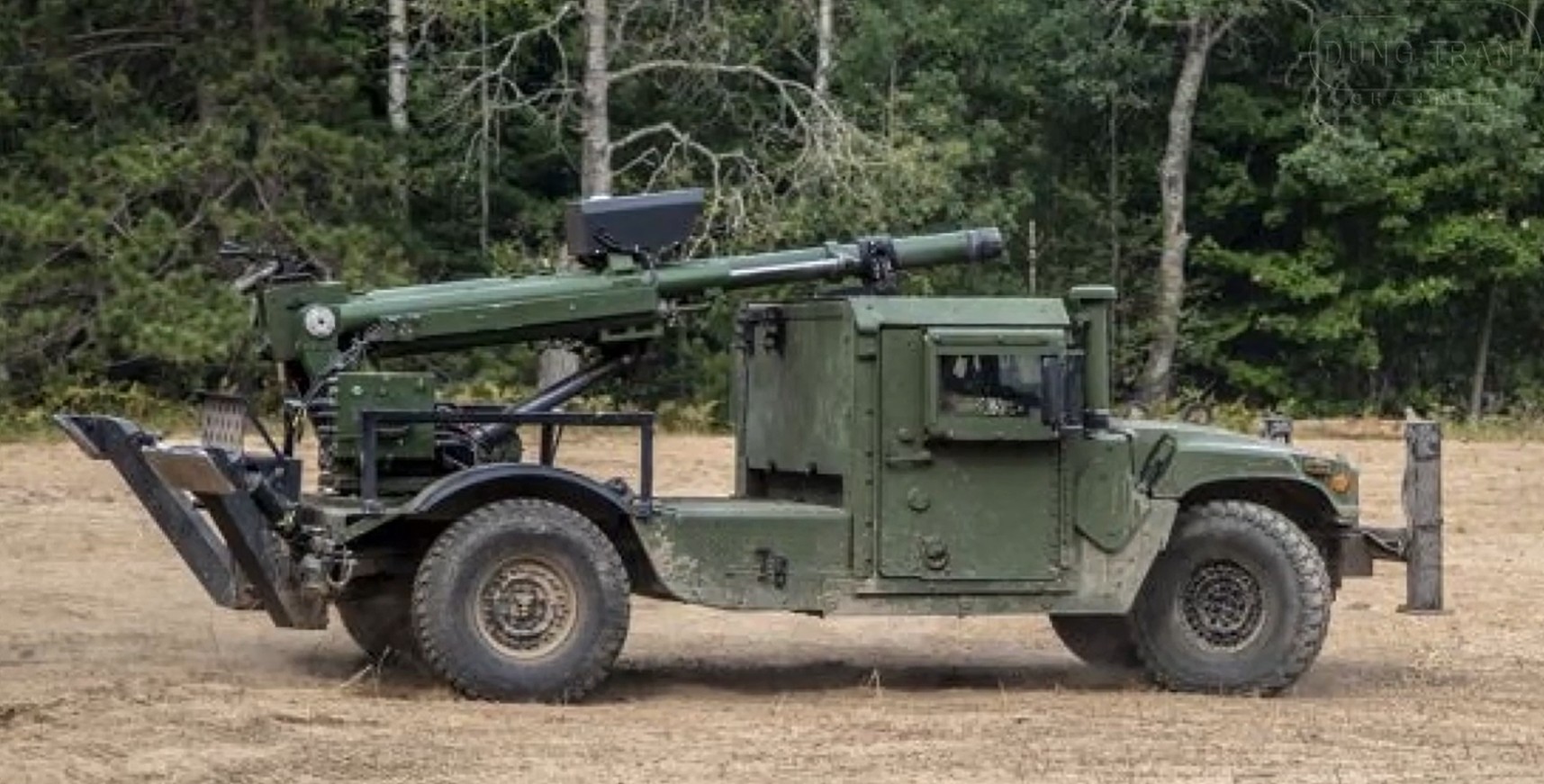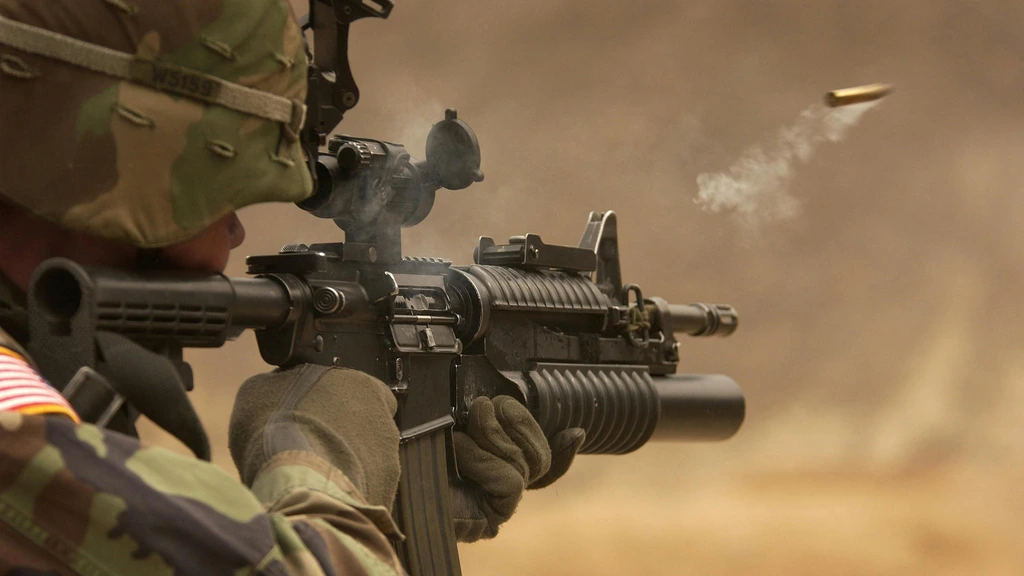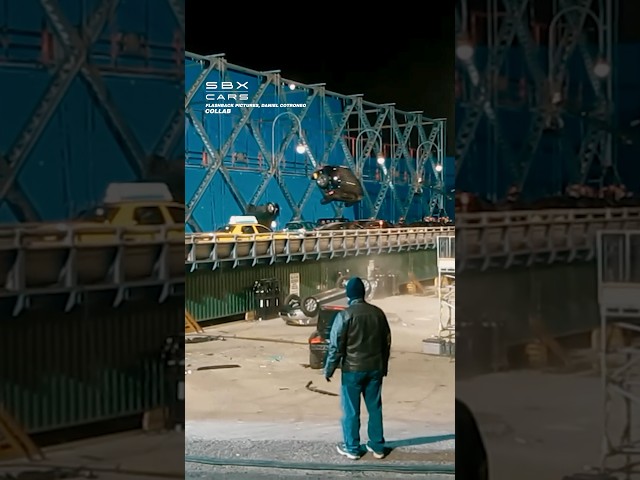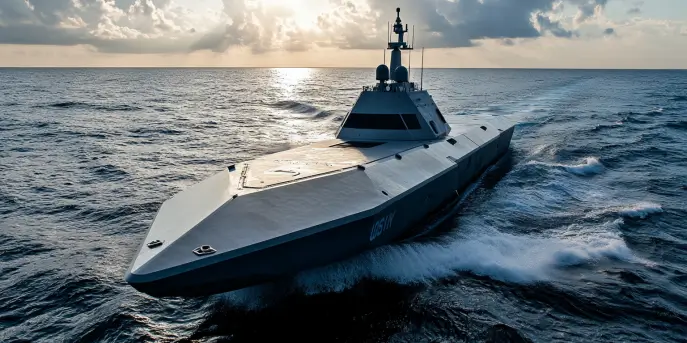In the world of modern warfare, technology is continually transforming how military forces operate. Among the most exciting advancements is the development of unmanned tanks. These robotic behemoths are reshaping the battlefield dynamics, allowing for safer and more strategic maneuvers. Let’s explore some of the best unmanned tanks that are leading the charge in this revolutionary shift.
T-14 Armata
The T-14 Armata, developed by Russia, is one of the pioneering unmanned tanks in the world. Built on the next-generation Armata Universal Combat Platform, the T-14 boasts impressive capabilities.
- Autonomy: The T-14 employs advanced artificial intelligence to navigate and engage targets autonomously, reducing the crew requirement significantly.
- Armament: Equipped with a 125mm smoothbore cannon, it’s capable of firing long-range missiles and within-the-line sights precision-guided munitions.
- Armor: The tank features multilayered armor with both physical and electronic countermeasures, enhancing its survivability.
| Specification | Detail |
|---|---|
| Crew | Unmanned (optionally manned) |
| Main Armament | 125mm Smoothbore Cannon |
| Operational Range | 500 km |
| Top Speed | 80 km/h |
Israel’s Carmel Program
Another significant player in the unmanned tank domain is Israel’s Carmel program. It’s not just about creating a standalone unmanned vehicle but a fully integrated battlefield system.
- Innovation: Leveraging virtual reality, smart helmets, and gesture recognition, operators can control the unmanned tanks as though they were on a video game console.
- Interconnectivity: The Carmel tanks can connect with various battlefield systems, sharing information seamlessly with other units.
- Efficiency: With an emphasis on situational awareness and quick adaptability, these tanks are designed for modern hybrid warfare.
Ripsaw M5
Developed in the United States, the Ripsaw M5 is a high-speed, high-mobility unmanned tank functioning as both an agile battlefield scout and a powerful combat vehicle.
- Mobility: Engineered for high speeds across diverse terrains, making it a versatile platform for multiple roles.
- Modularity: The vehicle’s design allows for rapid changes in payload and mission requirements, including reconnaissance, surveillance, and direct assault.
- Stealth: Features reduced acoustic and thermal signatures to avoid detection.
The Future of Unmanned Tanks
The advancement of unmanned tank technology indicates a significant shift in military tactics and strategies. These machines offer reduced operational costs, lower human risk, and enhanced military effectiveness. Emphasis is now on artificial intelligence enhancements, autonomous navigation, and swarm coordination, where multiple unmanned units can cooperate on tasks without direct human oversight.
While ethical and strategic implications of unmanned warfare continue to be debated globally, it’s clear that unmanned tanks will play a critical role in the future landscapes of defense. As governments and corporations invest heavily in these technologies, nations aim to establish a strategic edge through robotic warfare innovations.
